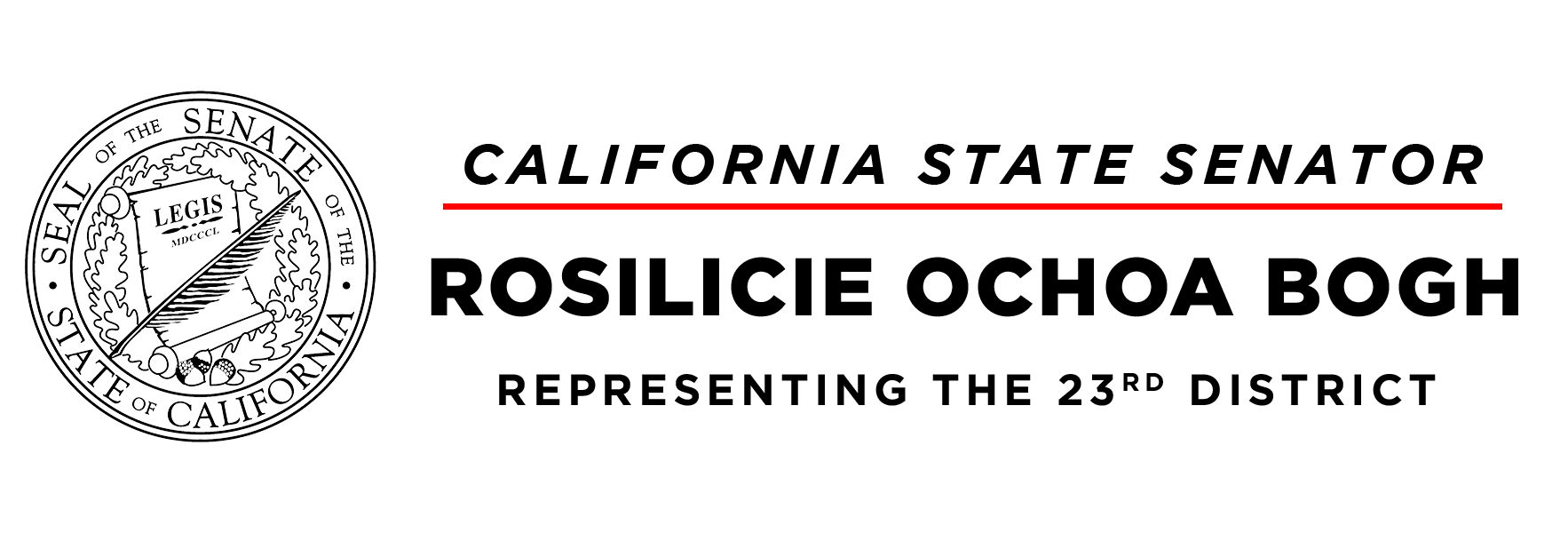Everyone agrees that the power of a quality education has lifelong impacts on the success of a child, and all children deserve an education worthy of their potential. There is a solid body of research showing that both students with disabilities and their non-disabled peers benefit from inclusion in general education and that disabled students who are included show a lower rate of dropout, suspension, failure in employment and other risk factors.
Both federal and California law mandate that students with disabilities are educated in the Least Restrictive Environment (LRE), but what LRE means is problematic in practice as the definition is left to local school districts and parents to determine. Parents are often unaware of how LRE is defined in the law, and many local education agencies continue to place students in more restrictive settings unnecessarily.
That means many students with disabilities still have to struggle to be included in California’s school classrooms. Too many are unnecessarily excluded. In fact, in the 2017-18 school year, California had one of the lowest inclusion rates for students with disabilities in the country: 56% compared to a national average of a little over 63%.
That’s why I introduced Senate Bill 1113 in collaboration with SELPA Administrators of California, to provide schools with the resources and technical assistance to foster inclusive classroom environments. If passed, SB 1113 will identify the persistent barriers to inclusion, ensure curriculum is universally beneficial for all students, and provide training in inclusionary practices.
SB 1113 will promote the inclusion of students with disabilities in general education classrooms by reviewing current best inclusionary practices and using that information to update educator guidebooks and student textbooks. To accomplish this, the legislation will fund technical assistance providers, conduct a study to determine appropriate staffing numbers to achieve best practices, and require training in inclusive practices for new school administrators.
Ultimately, SB 1113 will provide some much-needed steps towards ensuring all students with disabilities get a chance at the same education all of their peers receive.
As a mother of three, I’m fully aware of how the educational environment at school can affect not only a child’s ability to learn but also their ability to succeed in life and thrive. Allowing abled and disabled children to learn in a least restrictive environment is a vital component in student achievement.
We must work to educate parents, teachers, and administrators about the value of allowing students with disabilities to learn alongside peers without disabilities and how that helps our most vulnerable students develop healthy relationships with their school and community setting them up for future success.
I am especially grateful to all of the stakeholders who have worked collaboratively on this bill, notably, the SELPA Administrators of California, the California Commission on Teacher Credentialing, the California Department of Education, Disability Rights California, the Legislative Analyst Office, the Association of California School Administrators, teachers, academic researchers, parents, and students. When everyone comes to the table, we can ensure that we are putting forth a balanced, comprehensive, and meaningful piece of legislation.
